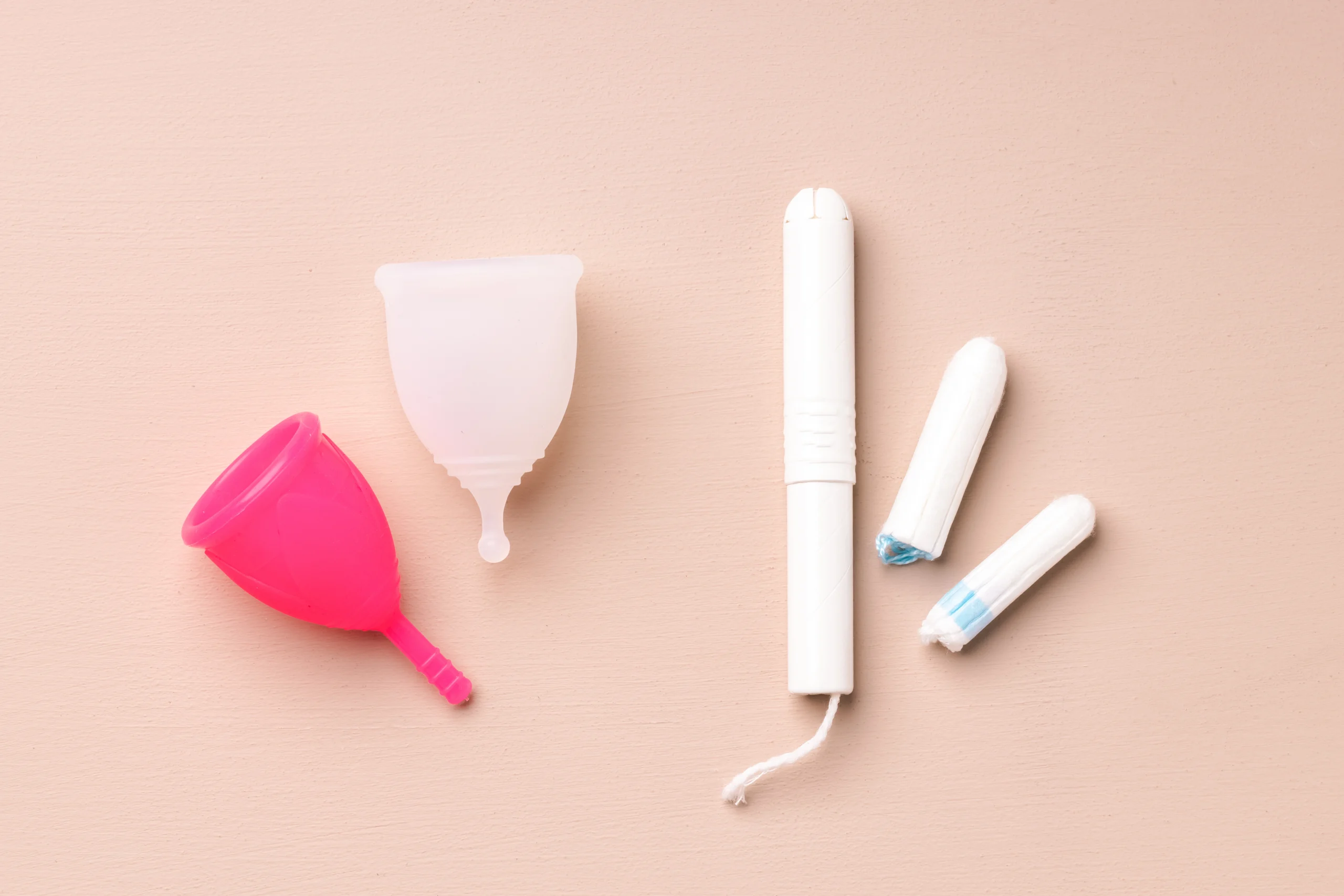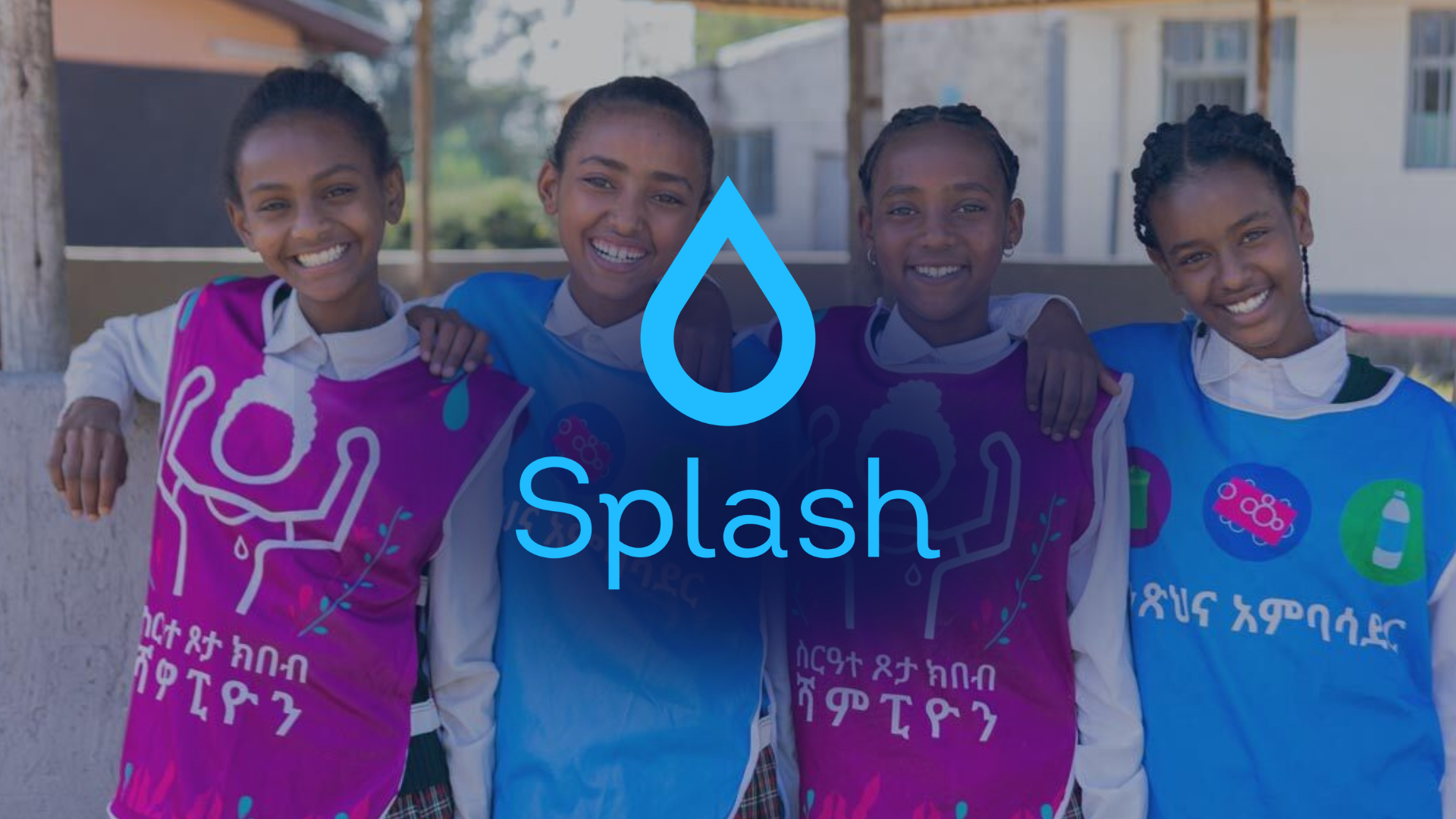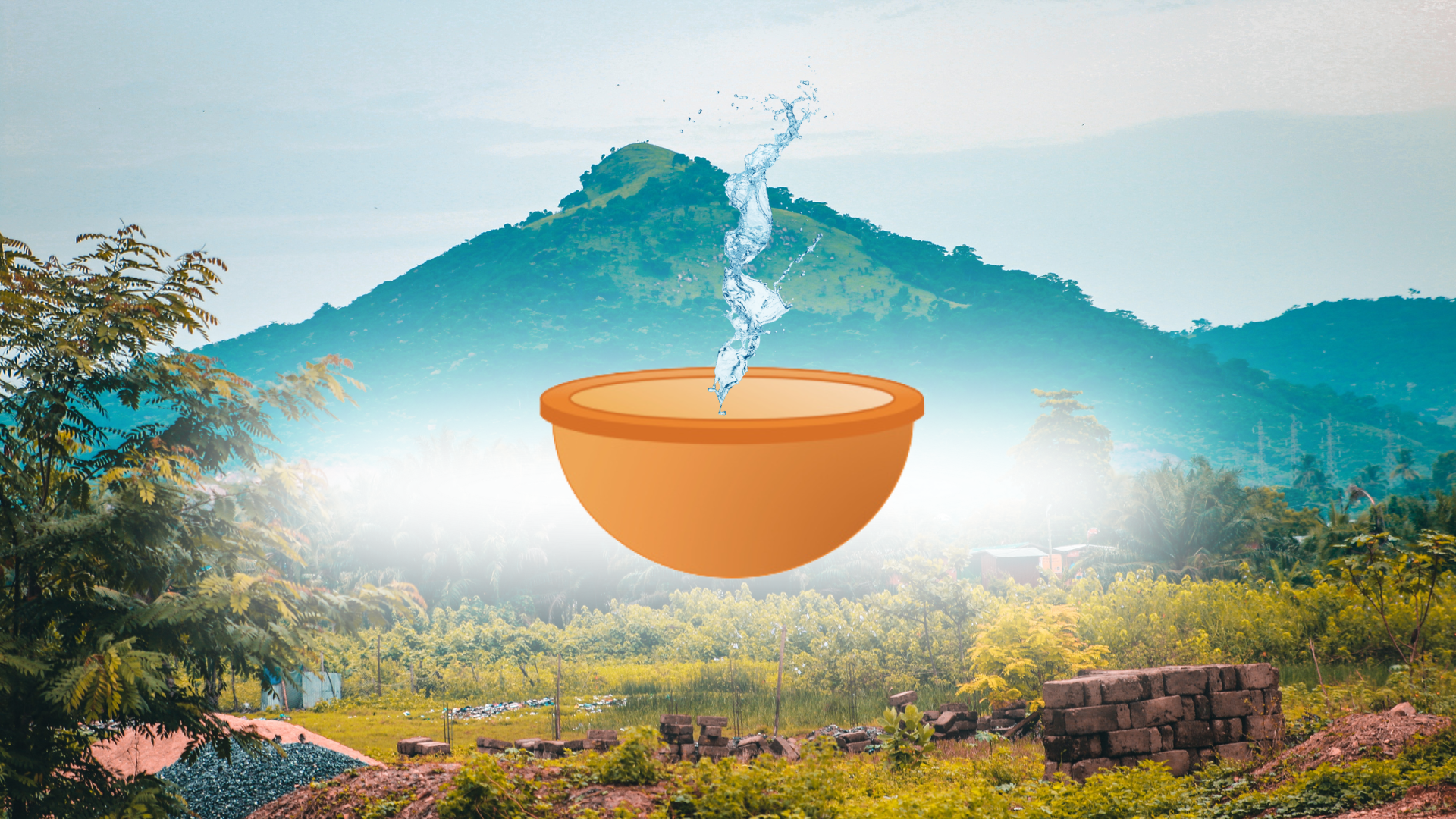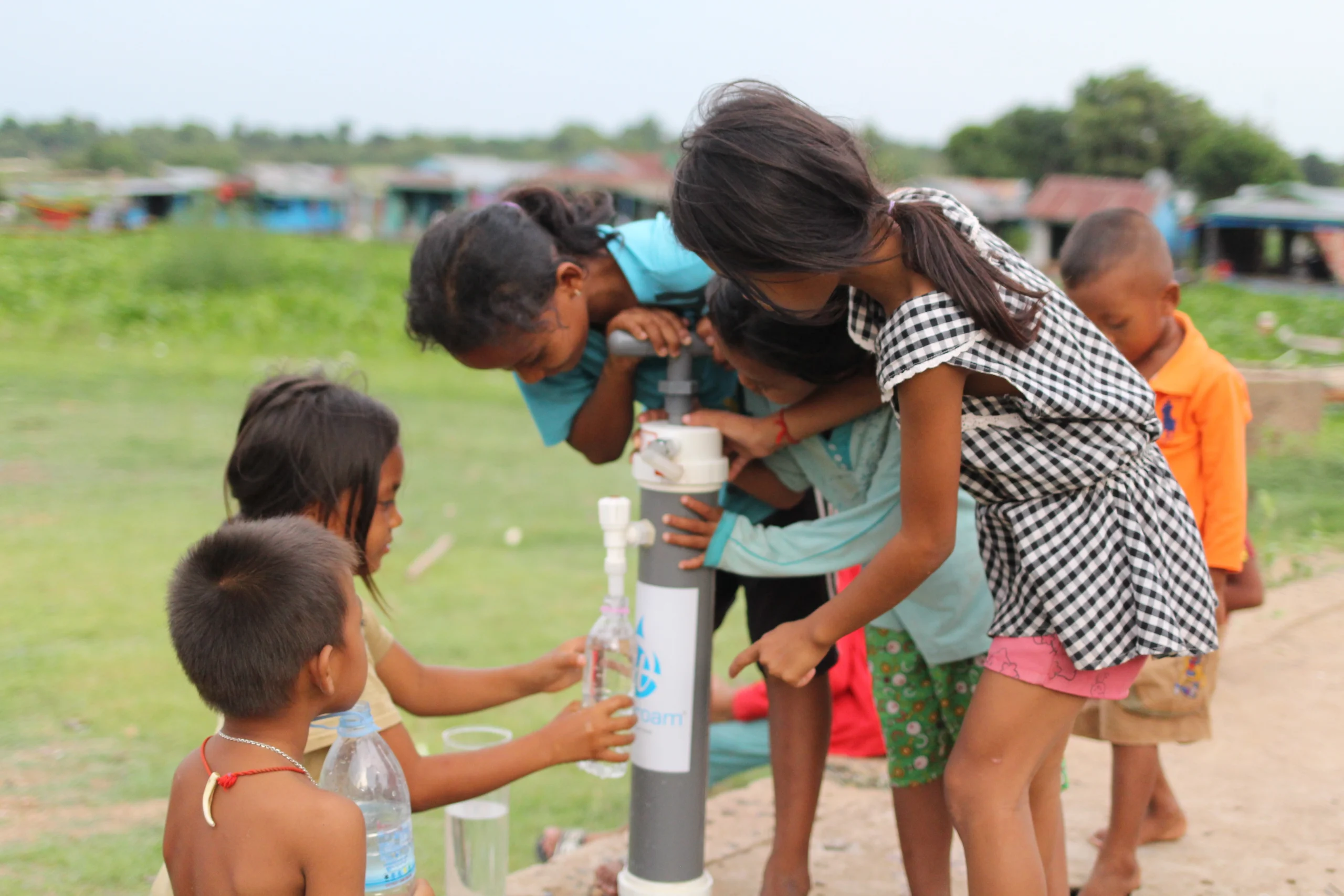By Grace Kliewer
The temperature is heating up and it’s that time of year when the weather is ideal for experiencing nature’s adventures. The days are long and bright, and state and national parks are bustling with people eager to bask in the great outdoors. Summertime is peak camping, hiking and backpacking weather for those who indulge, but it’s crucial to keep in mind safety measures when relying on nature for sustenance. Natural bodies of water contain certain microorganisms that can have some not-so-great effects on the human body. Don’t let your weekend getaway be ruined by those pesky bacteria; learn the risks and what you can do to make sure the water you are drinking is as clean as ever.
Picture this: You and a few friends decide to get away from the city for a few days and spend some quality time in the presence of a beautiful forest and the sound of water trickling downstream. What are you bringing? A tent, sleeping bag, lanterns, and maybe even a hammock. You’ve packed meals for the duration of your trip and a canteen of water, enough to last a few days. The campsite has a view of a beautiful clear lake and some rugged mountains in the distance.
You’re approaching the end of your expedition, you and your friends have had a great time, and no one is ready to leave this oasis quite yet. So someone suggests, “Why don’t we keep this party going?” There is more than enough food to last the group a bit longer, so the trip is extended, but the water in your canteen is getting near to the end. You think: well, there is a lake nearby, so refilling the canteen should be no problem! But what are the risks that come with exposure to untreated lake water?

The Risks of Drinking Untreated Lake Water
Even clear, clean-looking lake water can fool the eyes. Though the transparency of the water looks enticing, it can just as easily contain harmful viruses and bacteria as brackish lake water as well. The Brazos River Authority delves into what types of waterborne organisms humans should be aware of when swimming and drinking. One of the most common bacterial agents in natural lakes is Escherichia coli, more widely known as E. coli. E. coli is known to pollute water through the presence of waste and fecal matter. With the amount of wildlife that resides in lake water, the opportunity for the bacteria to spread and germinate even clear water is ever-present. Additionally, Giardia and Cryptosporidium are microscopic parasites that thrive off fecal matter and tend to withstand alcohol and chlorine-based treatment. The U.S. Centers for Disease Control and Prevention (CDC) also has a drinking water treatment guide that discusses what microorganisms we might find, how to sanitize properly, and what facts to keep in mind.
These organisms, once consumed, trigger a range of symptoms from abdominal cramps to infection. Leisurely time in the great outdoors shouldn’t be interrupted by the not so great consequences of drinking untreated lake water, so it’s important to know what treatments work and which are the most convenient.
The National Park Service provides a water purification guide when seeking safe drinking water. There are various steps that the article suggests individuals to follow including collecting, filtering, and disinfecting. For more experienced hikers and campers, the guide seems pretty standard: one should come prepared with a water filtration device, and purify it through boiling or chemical agents. When seeking calm and relaxation in the great outdoors, the goal is to have a weight lifted off one’s shoulders, figuratively and literally. Minimizing the packing list is key, so don’t bring what you don’t need.

Filtration and Purification Devices for on the go
Filtering water is a vital step to get to drinking. According to the WASH-related emergencies sector of the CDC, a simple way to do this without a specialized device is to take a container, place a clean cloth over the mouth of the tub, and pour any brackish, sediment-filled water over the cloth so that it filters out any solid contaminants. The more this step is repeated, the better the filter results will be. There are also many water filtration systems designed for outdoor travelers which are compact, convenient, and effective. The Osmo Waterdrop and ROAMfilter Mini 2 are great portable filtration devices that enhance the outdoor experience.
Once the water has been filtered, it’s time to purify. Although boiling water through a kettle or other tools is known to be a functional disinfection strategy, it can be time-consuming and inconvenient for packing purposes. We recommend a compact solution to this problem: purification tablets are a light and effective treatment for filtered water on the go.
Created specifically for the outdoors in mind, Aquatabs disinfect water to safe-drinking standards and take a short span of 30 minutes to be purified. Only one tablet is needed to purify up to 15 liters of water. The container itself is designed to withstand various environments and weather, with a tamper-proof pot in a compact size, perfect for travel. The tabs themselves, although do not alter the color of the water, enhance the taste once purified.
Aquatabs is a sustainable product that minimizes the need for plastic water bottle usage and positively impacts the environment. The product is a great resource for emergencies in addition to planned water purification and is trusted by many disaster relief and aid organizations.
We’ve covered the risks of consuming untreated lake water, the steps to liquid filtration and purification, as well as what product is best for hikers, campers, and backpackers who wish to know what exactly they’re drinking. Though certain bodies of water seem more clear than others, bacteria, parasites, and viruses can easily inhabit it once they’ve got their hands on a host. So, next time you decide that connecting with nature is just what you need to refresh, refresh your thirst safely and efficiently. Aquatabs are made with you in mind.





